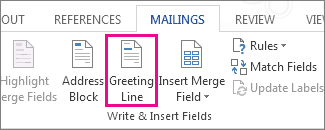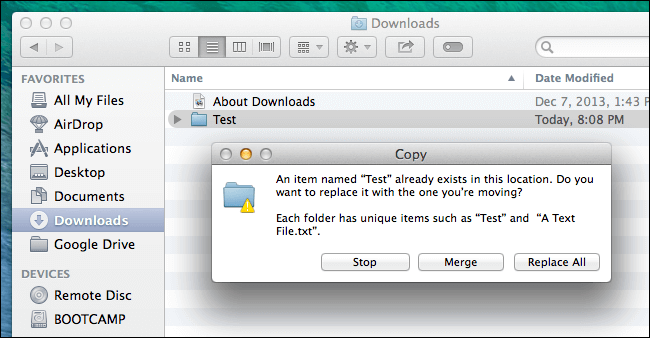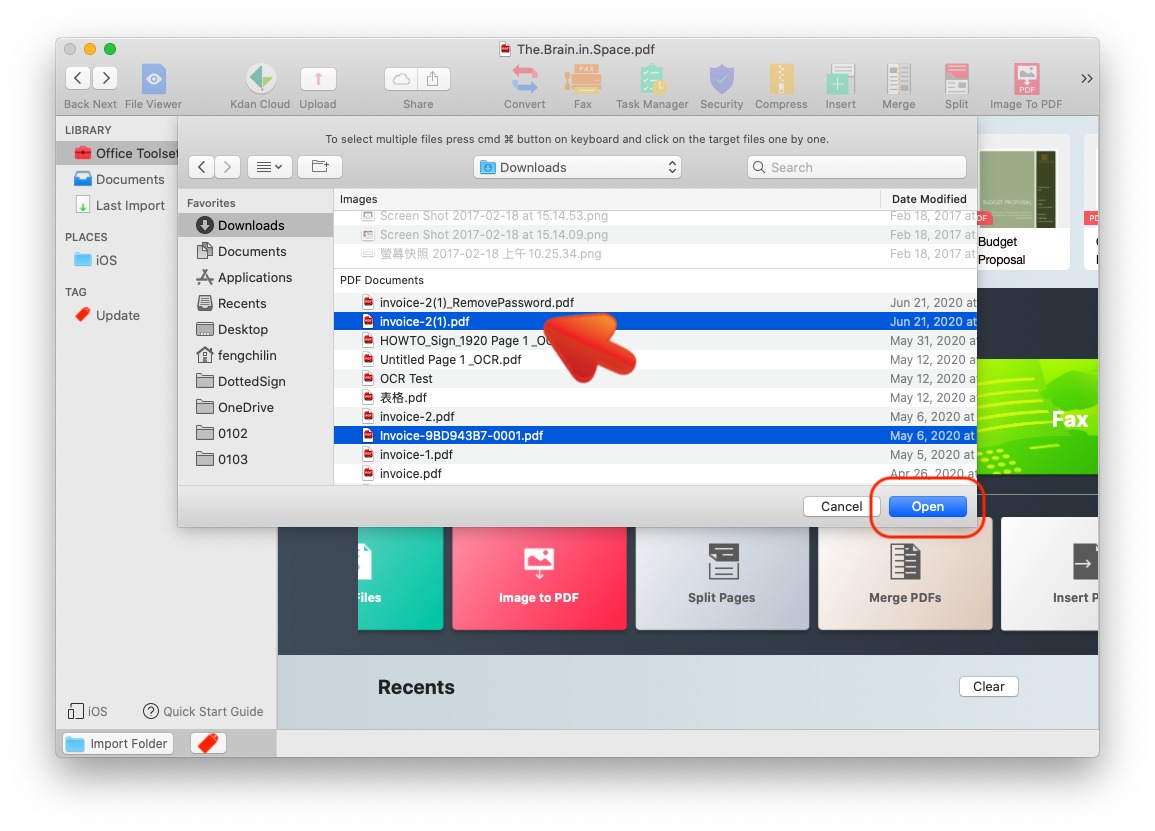

To choose a field from another table in the database, hold down Shift+Alt (Windows) or Shift-Command (Mac OS) while you press and hold down the mouse button. 4D displays a pop-up menu of fields from the master table from which you can choose the field you want. To do this, click with the text tool to place the insertion point where you want to insert the field then position the pointer in the text area and hold down the Alt key (Windows) or Option key (Mac OS) while you press and hold down the mouse button. The shortcut allows you to choose the field name from a drop-down menu. The embedded variable calculates the amount of the person’s total pay for the month and displays it in a dollar format.ĤD provides a shortcut for inserting fields in a text area. For example, the mail-merge document shown above includes a display format for the vTotal variable. You can specify how an embedded field or variable is displayed by inserting a semicolon followed by a display format (see GET LIST ITEM PARAMETER) directly after the field or variable name. For more information, refer to Using references in static text.Ī variable must be assigned a value in an object or form method. To insert field labels, enter: or where X is the creation order for the table and Y is the creation order for the field or to insert a field of the current table. To insert table labels, enter: or where N is the creation order for the table. When the form is printed, the information from the field for each record replaces the element in the text area.


Fields from other tables must specify the table name they are entered like this. Fields from the master table do not have to specify the table name they can be entered like this.

You can use a field from any table in the database. In the text area, type the text you want in your form letter, placing field and variable names between less than () symbols where you want information from fields or variables to be inserted. In the Detail area, add one or more static text areas. To create an output form for a mail-merge, specify a form of the type "detail form for printing". The figure below shows fields and variables placed in a text area. During printing, values from the fields or variables are inserted in the text. You then embed fields or variables in the text area. In the Form editor, create a text area that will contain both the static text and the fields, variables, or table or field labels that will change for each record. When you create a form that does mail-merge, choose the Detail Form for Printing option in the Form Type drop-down list of the Form Wizard. You can create a variable and a method to calculate the exact amount. Another typical use of mail-merge is to inform customers that their account is due. Mail-merge documents may be useful when you want to announce a special offer or inform your customers or partners of a business development (such as a move to a new location or a significant personnel change). You can create documents that are the same in every respect except for names, addresses, and any special calculations you want to perform. You can use the features in Word’s “Mailings” tab in the Ribbon to perform automated mailings, often referred to as performing a “mail merge.” When you use the mail merge feature in Word, you merge information from a table, called a “data source,” into designated fields in your document.You can handle mail-merge tasks using an output form that embeds fields, field or table labels, or variables in a static text area. In this example, you would create a single envelope document and place a field for the customer name and another field for the customer address on the face of the envelope.įor example, if you had a table that contained the names and addresses of your customers, you could create a document, like an envelope for example, that would display the name and address of each customer on its face.įor each record, or row, within the table, you will typically produce one copy of the document. You would then merge the table data into the document- which would produce one envelope for each record in the table. Obviously, this can save a lot of time and money when creating mass mailings. In addition, Word can use several types of data sources.Īlso, while this example uses an envelope as the document type, you can also create letters, e-mails, labels, and directories using the mail merge feature.
#Mail merge mac how to
How to create an email mail merge with GMass. Installing GMass and connecting it to your Gmail account. Mail merges are one of the quickest ways to customize documents like emails, newsletters, and other personalized messages. You can create a data source in Word or you can use data from an Excel spreadsheet or Access database table as your data source for a merge document. A mail merge lets you create personalized documents that automatically vary on a recipient-by-recipient basis. That flexibility makes this feature very useful when combined with the other Microsoft Office applications.


 0 kommentar(er)
0 kommentar(er)
